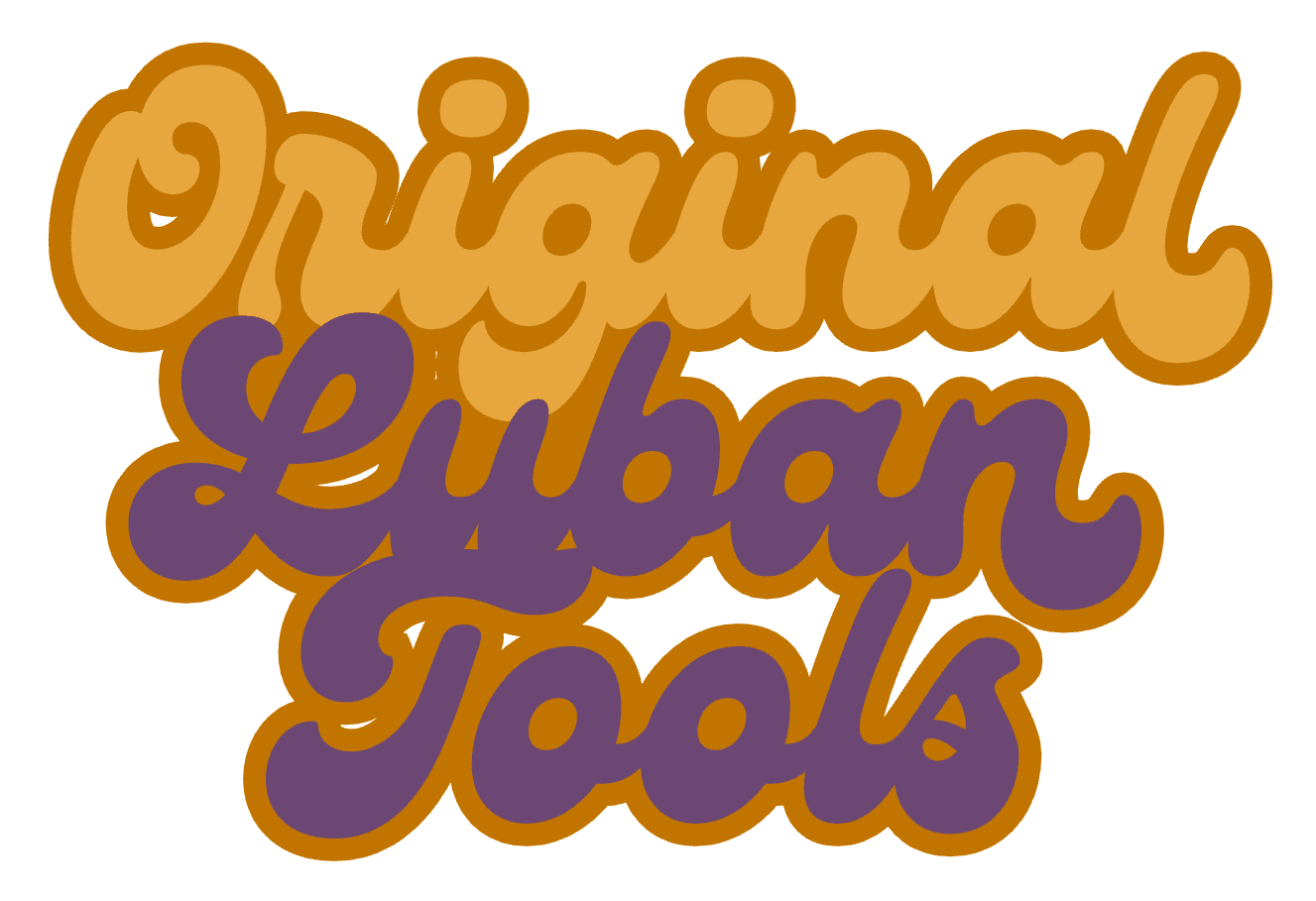13. Glossary of Terms

Understanding the language of your tools is the first step to mastering them.”
Barnaby the Owl
Whether you’re just starting out or refining your skills, knowing the terminology of hand planes isn’t just useful—it’s empowering. Below is a detailed glossary, rich with visuals and context, designed to demystify the most essential hand plane vocabulary.
🧩 Core Components
🪵 Sole
The flat bottom of the plane that glides across the wood surface. Its flatness directly affects the accuracy of your cuts.
🔧 Tip: Periodically check for flatness using a straightedge.
🗡 Iron (Blade)
The cutting edge of the plane, sometimes referred to as the cutter.
📐 Fact: Iron angle depends on the type—bevel-up or bevel-down.
🔩 Frog
The angled piece that holds the iron at the correct pitch and allows for depth/lateral adjustment.
🐸 Why “frog”? Possibly from an old English term meaning “to support”—but the origin’s debated.
🛑 Cap Iron (Chip Breaker)
Sits atop the iron to help curl shavings and reduce tear-out.
🧠 Smart Setup: A tight fit with a sharp edge dramatically improves planing performance.
🪑 Tote & Knob
Rear and front handles, respectively. Typically made of hardwood.
👐 Feel Tip: A well-shaped tote reduces fatigue during long sessions.
⚙️ Adjusters (Depth / Lateral)
Mechanisms that allow precise control over blade exposure and alignment.
🧠 Fundamental Concepts
🌾 Grain Direction
The alignment of wood fibers. Planing with the grain = smoother results.
👀 Clue: Look for a cat-scratch pattern on the edge of a board.
🎭 Bevel-Up vs. Bevel-Down
Refers to the orientation of the cutting edge.
- Bevel-up: More versatile with adjustable effective cutting angles.
- Bevel-down: Traditional, precise, especially when paired with a chipbreaker.
🔺 Pitch / Bed Angle
The angle at which the iron is set.
- Common angles:
- 45°: Standard (Stanley/Bailey style)
- 50–55°: York pitch (for wild grain)
- 62°+: High-angle smoothing
🎛 Mouth
The opening in the sole through which the blade extends.
🚪 Tight mouth: Cleaner cut, less tear-out.
🧰 Types of Planes
These are the essential categories of hand planes, each designed for a specific type of woodworking task. Knowing what each does will help you choose the right tool for the job.
📏 Bench Planes
From No. 1 to No. 8—used for flattening, smoothing, and jointing large surfaces.
🪚 Common Types:
- Jack Plane (No. 5): Versatile, all-purpose
- Jointer Plane (No. 7/8): For flattening long edges and faces
- Smoothing Plane (No. 4): Final passes before finishing
🔧 Block Plane
Compact and easy to control—perfect for trimming and fitting.
🧱 Best Uses:
- Cross-grain cuts (especially end grain)
- Chamfering and fitting joints
🕳 Router Plane
A precision tool for leveling recesses and grooves.
🔎 Great For:
- Dados, inlay pockets, hinge mortises
- Consistent depth in joinery
📐 Shoulder / Rabbet Plane
Ideal for fine-tuning joints and reaching into tight corners.
📏 Notable Feature:
- Blade extends to full width of the body for trimming edges
🌀 Scrub Plane
Aggressively removes material with a deeply cambered blade.
⚠️ Use When:
- Flattening rough, twisted stock
- Preparing reclaimed or raw lumber
🪒 Spokeshave
A hybrid between a plane and a drawknife, ideal for shaping curves and contours.
🎯 Why It’s Unique:
- Has handles on both sides of a short blade
- Used in two hands like a razor, but controlled like a plane
🪵 Best Uses:
- Shaping chair legs, spindles, tool handles
- Carving curves on box lids or sculptural pieces
🧠 Types:
- Flat-bottom: For gentle outside curves
- Round-bottom: For tight inside curves
- Concave/Convex blades: Specialized profiles for sculpted work
🛠 Pro Tip:
Spokeshaves excel when the blade is sharp and the depth of cut is dialed in—treat them like any fine plane, not like a rough rasp.
🧙 Advanced Terms
🧷 Camber
A slight curvature added to a plane iron’s edge.
🌊 Purpose: Avoids track lines, good for jack and jointer planes.
🎯 Skewing
Angling the plane diagonally to reduce tear-out and effort.
⚡ Physics: Increases slicing action, reduces resistance.
🪚 Snipe
A deeper cut at the beginning or end of a pass—usually a result of poor technique or plane setup.
🌬 Tear-Out
Fibers lift and rip instead of slicing cleanly—often due to improper grain reading, dull iron, or deep cut.

